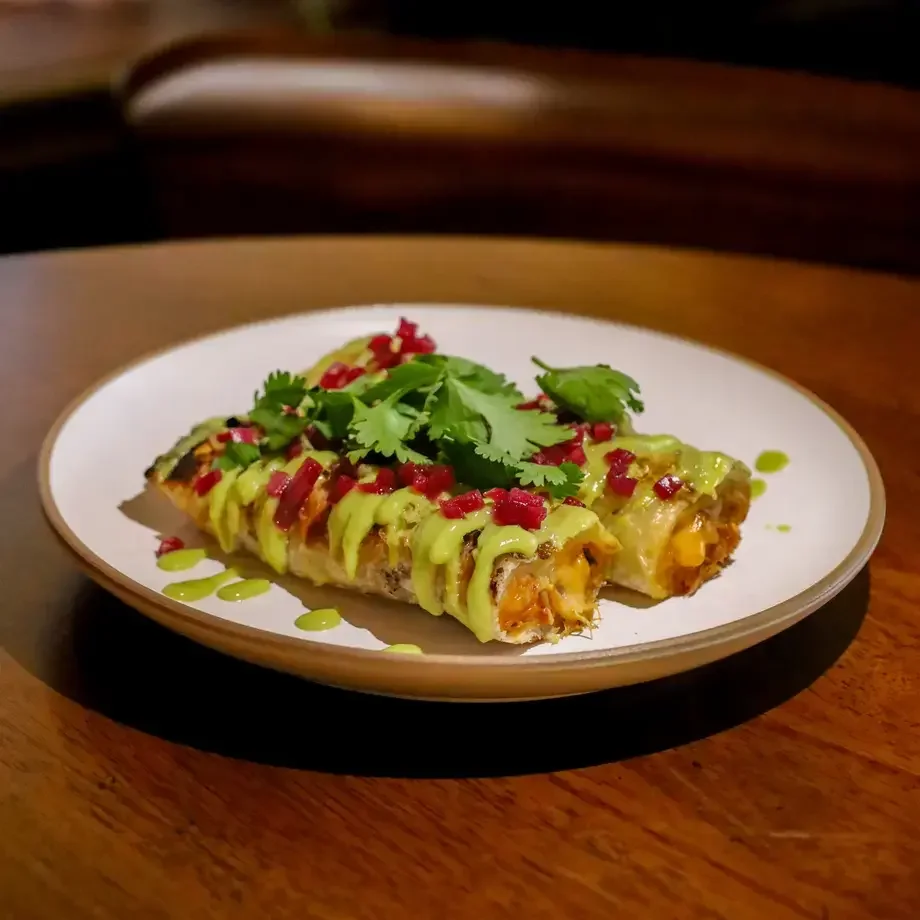Many people assume that cooking Indian food is complicated, and mastering it requires years of expertise passed down from great, all-knowing Indian grandmothers. I understand why it must feel like that sometimes - you open an Indian cookery book with the enthusiasm of a puppy, but are immediately confronted with a lengthy list of spices and ingredients, most of which you barely recognise.
Now don’t get me wrong…it’s not as if you can do without the spices and fresh ingredients. But in truth, there are a whole host of tips and tricks that make Indian cooking at home accessible, enjoyable, easy, and most gratifyingly, delicious.
Photo ©monika-grabkowska-unsplash
Equipment
A bad workman always blames his tools, but when it comes to Indian cookery the right ones can go a long way to help you cook mouthwatering dishes confidently and consistently.
Pressure cooker
A pressure cooker is an essential piece of equipment in Indian kitchens - from cooking lentils and rice dishes within 10 minutes, to preparing melt-in-mouth lamb curries in less than 30 minutes. Some people are frightened of using them, but there is no need – they’re now built very safely. I use my pressure cooker nearly every day.
Food processor/Micro grater
You will often see Indian recipes that require ingredients to be finely chopped/grated. For this, a food processor can be really helpful and speedy. A micro grater is also effective for grating and making smooth ginger and garlic pastes.
Tava pan and rolling pin
A tava is a flat pan we cook breads on – chapatis and parathas being the most popular. If you can’t source one you can use a crepe pan instead. To roll out your breads, you’ll also need a rolling pin. Indian rolling pins tend to be a little smaller than classic western ones and are sometimes tapered – this allows greater control when it comes to rolling out your chapatis thinly and evenly.
Good quality heavy-base pan with a lid
It sounds obvious, but it is important to have a good-quality pan with a lid. For example, when it comes to caramelising onions (necessary for most meat curries), a heavy pan will allow you to retain the heat, which is essential.
Spice/coffee grinder
This may not be considered an essential per se, but being able to grind down your own spices (for example from coriander seed to coriander powder) can hugely enhance the end result of the dish you’re cooking. The flavour and potency you get from grinding your own spices are incomparably better than shop-bought powders.
Your pantry has now been injected with a boost of spice and colour, so you’re officially ready to start your culinary journey around India. Happy travels.


















